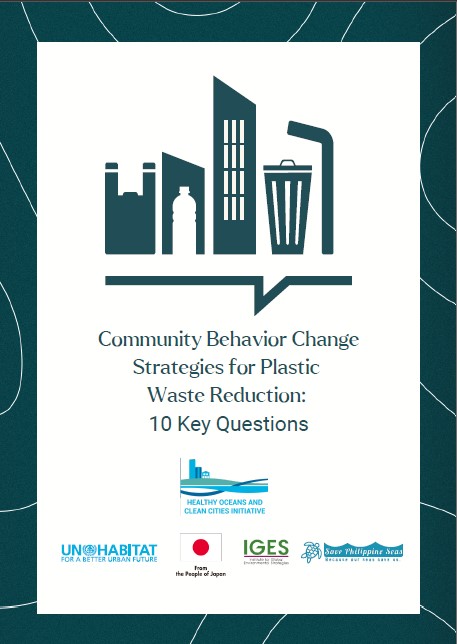Using plastic has many benefits: It keeps our food fresh for longer, protects fragile items, and makes furniture and appliances light and sturdy, among others. Plastic has made our lives more comfortable, easier, and safer. The availability and accessibility of plastic have influenced our consumption patterns, as it is often viewed as a convenient and reliable material. However, increased plastic production and consumption has led to increased plastic waste, which has become a growing global problem. Plastic pollution harms wildlife, communities, livelihood, and economies.

The paper presents 10 key questions that are often raised in the context of plastic waste reduction and behavior change at the community level:
- Why is it so hard to change plastic waste reduction behaviors?
- What are the enabling factors for plastic waste reduction?
- Who should be the target audience for behavior change campaigns?
- What are the key messages that could be used to promote behavior change?
- Does behavior change happen top-down or bottom-up?
- How long does behavior change take?
- How do incentives promote plastic waste reduction?
- How do disincentives promote plastic waste reduction?
- Which comes first: behavior change or systemic change?
- How do we measure behavior change in plastic waste reduction?


